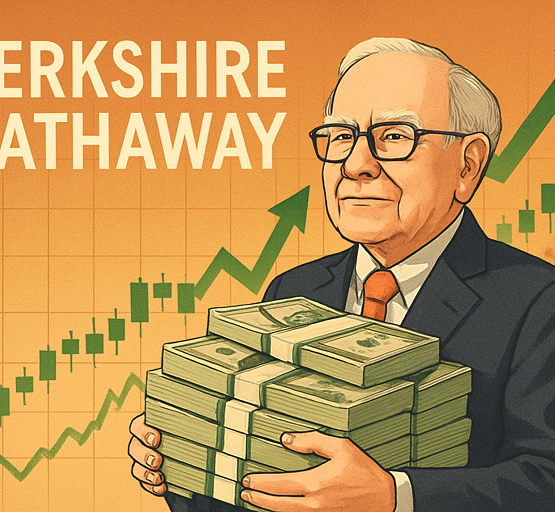Market Capitalization or Market Cap is one of the most common words anyone of us comes across in the stock market terminology. It refers to the total monetary value market value of a company’s outstanding shares.
It is calculated by multiplying the total number of outstanding shares of a company by the current market price of a single share. For example, a company XYZ has 10 crores shares trading at a market price of ₹10/- each, the market cap of the company would be ₹100 crores.
In the investing community, the market cap is used to define the size of a company listed in the stock exchanges contrary to its net worth, total assets, or sales. The market capitalization determines the worth of a company in the stock market.
The market cap plays an important role because it shows the interest of investors for a specific company and risk associated with it. Also, the calculation is very simple.
The companies are differentiated into three categories accordingly.
Large Cap:
Securities and Exchange Board of India (SEBI) defines large-cap as the first 100 companies in terms of full market capitalization, i.e. stocks from the companies ranked amongst the top 100 on the stock exchange in terms of market capitalization.
Large-cap stocks make up the majority of the equity market and are also the most traded stocks in the stock markets. In India, the major indices like Sensex(Top 30), Nifty(Top 50), Nifty Next Fifty(51 to 100) notify the performance of the large-cap stocks.
Large-cap stocks generate stable revenues and earnings and are considered as low-risk stocks. These are also the blue-chip companies considered as market leaders and any news on them has a great impact on smaller companies in the same industry or sector.
Mid-Cap:
Stocks of companies with the market capitalization between Rs. 5,000 crore and Rs. 20,000 crore are categorized as mid-cap stocks.
Usually, a mid-cap stock’s market value is in between large-cap and small-cap stocks. Mid-cap stocks are more susceptible to market swings than large-cap stocks and also provide higher returns.
Investors who are not afraid to take some risks and interested in making better returns invest in mid-cap stocks. NIFTY Midcap 50, NIFTY Midcap 100, S&P BSE Midcap are the leading mid-cap indices in Indian Stock markets.
Small-Cap:
Securities and Exchange Board of India (SEBI) defines small-cap as 251st company onwards in terms of full market capitalization, i.e. stocks from the companies ranked below 250 on the stock exchange in terms of market capitalization. Another measurement would be any company below the market cap of Rs. 5000 crore.
Small-Cap stocks are highly volatile and risky compared to large-cap and mid-cap stocks. These shares have moderate to low liquidity in the stock exchange as most of the investing community has little information on these stocks.
The newly formed and listed companies come under small-cap. Since many companies are new and not well established, these stocks are risky. These small-cap stocks also provide high returns compared to mid-cap and large-cap stocks. In the investing community, these stocks may not be considered as a good investment strategy for new investors.
Whether it may be a large-cap, mid-cap, or small-cap stock, a well-planned investment involves a thorough analysis of fundamentals and the price at which stock is trading. It also depends on the strategy of investment, whether it is for trading (for few weeks), short term (less than a year), or long term (more than a year).
Disclaimer:
I provide the information and my views on the website only to educate new investors, stock market enthusiasts, and the common public on equity or stock market investments. Please consult your financial adviser before making any investments in the stock market. In case of any queries, you can contact me via email ID or Contact Form.





6 Comments